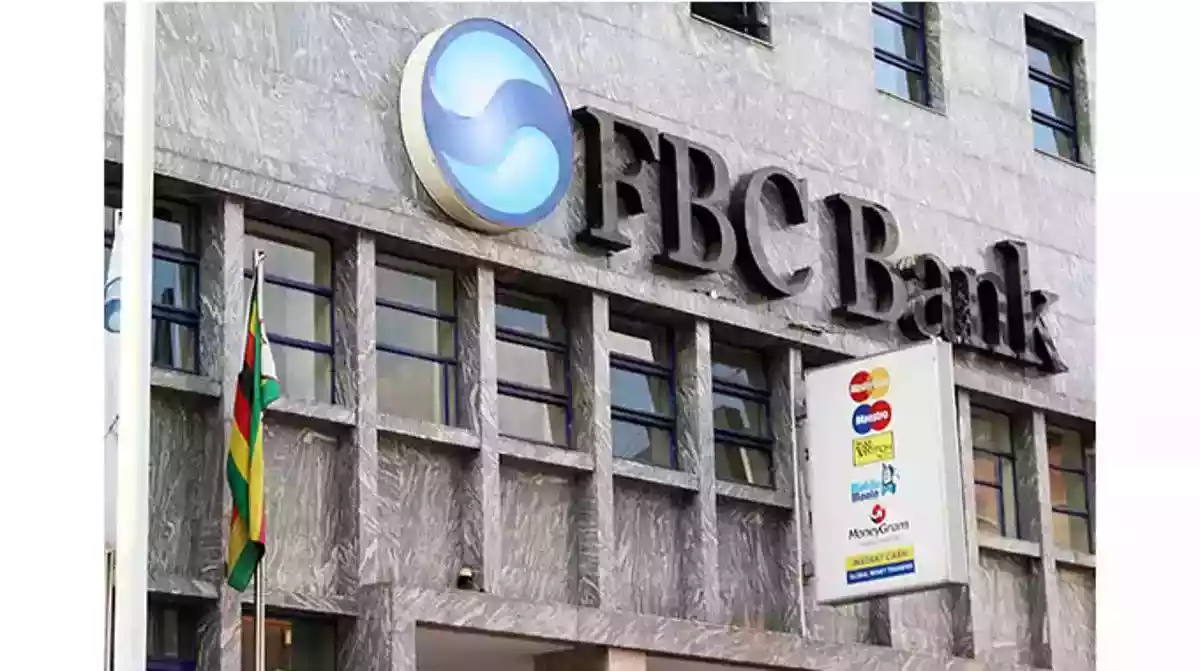
THERE are few other sectors of any economy with so much power to simultaneously impact both the fortunes of the economy and the well-being of her people.
The pension fund industry stands up tall on that measure — and yet in many instances it is mostly only in potential than in realisation. The stretch between what is possible and what is actually achieved boils down to four things — the structure of the pension fund industry in question, the regulatory framework applicable, the economic environment obtaining, and the strategic thinking of those responsible for managing the individual pension funds.
Foreign concept?
Put simply, strategic thinking in the pension fund management industry, just as it is with any other sectors, refers to a board’s ability to clearly articulate its purpose, to craft and own an aligned vision, and to analyse its experiences and the socio-economic and demographic metrics that influence its fund’s trajectory.
Simultaneously, in its strategic thought process, the board needs to incorporate elements of systems thinking, and to also be able to question the seemingly obvious and critique old industry norms in search of the new and more modern.
A simple, and yet very effective test is for the board to always assess how much its decision-making process encourages and embraces critical thinking, logical thinking, divergent thinking, independent thinking, and ultimately, convergent thinking.
Robust discussions, hinged on the first four attributes, are a pre-requisite to effective decision-making.
However, they should be pursued with one end objective, and that is, to converge at a decision that carries the fund forward.
- More woes for suspended Cottco boss
- Film, television sector crafts strategy
- Lupane man survives axe attack
- UK based Zimbabwean divorces wife of 33 years over conjugal rights
Keep Reading
Pension fund strategy formulation has remained very much a foreign concept in our market.
But, where should trustees even start from in cultivating a strategic mindset in their approach to pension fund management?
It all starts with a moment of reflection and acknowledgement of how critical their role is as custodians of what, in most economies, is the single biggest contributor to patient capital.
On that measure alone, no other sector or industry could be more strategically important.
Template already exists
Vision and mission statements are applicable in the pension fund management industry just as they have been adopted and proven to be effective elsewhere.
There is just something magical that happens when a board sits down to ask themselves what their purpose of existence is. There is probably no better way to answer that question than attempting to capture it in a vision and mission statement.
Ultimately, what really counts is not how that is coined, but the process to getting there is where the bulk of the value is generated from.
While they can be expressed differently, every board needs to outline and pronounce clear and measurable key result areas as part of its strategy formulation.
These could be articulated along the dimensions of achieving meaningful, need-satisfying, and appreciated fund benefits, real asset value preservation and capital growth with positive impact on society and the economy, operational and cost-effectiveness, enhanced regulatory and governance compliance consistency, and timely, complete, and unambiguous stakeholder communication.
The primary stakeholder, of course, remains the members — whether active, pensioners, beneficiaries, or deferreds.
Focusing on these seven core pillars, and clearly spelling out its strategic initiatives towards achieving them, will easily separate a board from the rest of the pack.
Need-satisfying benefits and value preservation focus
Every industry has its own “go-to” one liner that precisely captures what is at the core of its object of existence.
Meeting “members’ reasonable benefit expectations” could be the one for the pension fund industry. Whether it is a defined benefit, defined contribution, hybrid, or anything else in-between, this comes down to the same end goal for members – and that is, to earn adequate income to provide them with a comfortable retirement.
Everything begins at the benefits-designing stage.
With the introduction of the new Act for the industry, trustees have been given an opportunity to re-engage with their fund rules again.
The expectation is that the astute ones will take this opportunity to re-look at their benefit levels to check if they pass the test of need-satisfying and whether they are in line with the members’ “reasonable expectations”.
One does not need to guess what these reasonable expectations are – a quick survey of the members’ expectations will immediately address their expectations question.
Capital protection , growth-centred
A good measure of the extent to which investments are failing is the magnitude of the stretch between investment returns and the rate of our currency depreciation.
That metric is the one that accurately quantifies the depth of the pain pensioners are enduring and the degree to which the industry has let down its members.
Beating inflation, expressed in official rates, alone is no longer a sufficient objective.
Trustees need to be clear on what their investment objective is. Investments are bought, and not sold. Boards should be strictly guided by their own needs in choosing the investments and portfolios they allocate members’ assets to.
Without that clarity of objective, funds end up giving members’ money to the most sweet-talking asset manager, who comes knocking at their doors even where the asset manager’s offering has little resemblance to the solutions that the fund should be seeking for its liability profile and liquidity needs. Sadly, this seems to be quite prevalent in our market today.
Member-centric
A fund’s members are its primary stakeholder, and the board has a regulatory, contractual, business, and professional duty to effectively communicate to members regularly, fully, and unambiguously.
Few funds have up to date communication strategies, if any. And yet they still expect members to timeously engage with their retirement savings matters.
The lack of interest in retirement savings matters we see today is a function of a constituency that is not properly and adequately communicated to.
The anxiety that arises just before retirement can be attributed to the effects of real communication starting to filter through, albeit when it is already way too late.
Occupation schemes, through their sponsoring employers, provide numerous member touchpoints for effective member communication that funds could leverage on.
But boards should not end there. There is nothing that beats tech-enabled communication strategies.
Starting with their own websites, pension funds should roll out platforms through which members can engage with, and be engaged by, the fund.
Member portals are no longer luxuries, but necessities. As the smartphone coverage continues to surpass projections, we need to take advantage and place retirement savings matters into our members’ palms.
Deep operational efficiency pursuit
This might mean different things to different funds, but it should not. It is really all about a spirited focus on ensuring that procedures that drive the management of the fund are executed with clinical precision. Nothing should be left to chance.
Instead, processes ought to run like clockwork.
It calls for a higher degree of commitment to effective operations management. Contributions will need to be received and invested timeously, and so does benefits settling require.
That pension funds have the bulk of their administration operations outsourced to service providers does not absolve trustees from a deep operational involvement through regular analysis of performance metrics and enforcement of service level agreement provisions.
Importantly, while the provisions of most service level agreements might be adequate initially, they should be regularly benchmarked with what could be available from other firms.
There is never an incentive for boards not to pursue the latest efficiencies where they are available from alternative service providers.
Prudent expense management
Pension funds are non-profit generating entities, so every cost and expense incurred is a direct leak from the investment income earned or capital gains achieved – and that has a direct impact on what members ultimately retire with.
The need to guard against expense leakages can thus never be over-emphasised.
Boards should be intentional about keeping costs to a minimum and should be able to assess value-for-money for every expense the fund incurs.
Trustees need to be analytical about the costs the fund incurs and assess if the same objectives cannot be achieved with more cost-effective alternative means.
The Insurance and Pensions Commission (Ipec) expense guideline should never be treated as the target.
Trustees should be aiming to surpass its set levels.
This calls for creativity, resourcefulness, and an outside-of-the-box approach to achieving the fund’s core objectives.
Risk management
Consistent compliance with statutes, effective risk management, and good corporate governance practices are not only matters of regulatory requirements, they are of strategic importance too.
Funds that are consistently compliant, not only with regulatory provisions, but with their own policies too have been known to generate more value for their members than those that relegate these to mere tick-box exercises.
The regulator’s risk management and corporate governance framework is quite a detailed guideline on what boards need to be adopting at the very minimum.
A fund that embraces the provisions of the framework, and adopts a culture of putting risk management and corporate governance first, will reap benefits from even some of the least expected areas.
Trustee training
When it comes to pension fund management, there is nothing that beats an informed board. While trustees are not expected to be experts in every aspect of pension fund management, at the very minimal, they should be competent enough to objectively assess the quality of advice and service they receive from the service providers.
Boards need to have trustee training policies which clearly spell out the frequency, depth, and coverage of the trainings the board will receive on an annual basis.
There should be clear calendars and annual planners for this that the board sticks to. More importantly, there should be clear road maps of the skills the board members, as a collective, should have acquired over a specific skills development term of say three years.
Conclusion
The stakes are so high and the possibilities so huge, but so are the challenges and hurdles to go over to effectively navigate the economic terrain and generate real value for members. A business-type strategic approach is one sure way to have the required signposts in place for a successful navigation.
- Mukadira is a consulting actuary at Rimca —Itaim@rimcasolutions.com; Gandidzanwa is an investment consultant at Rimca — Gandy@ rimcasolutions.com










